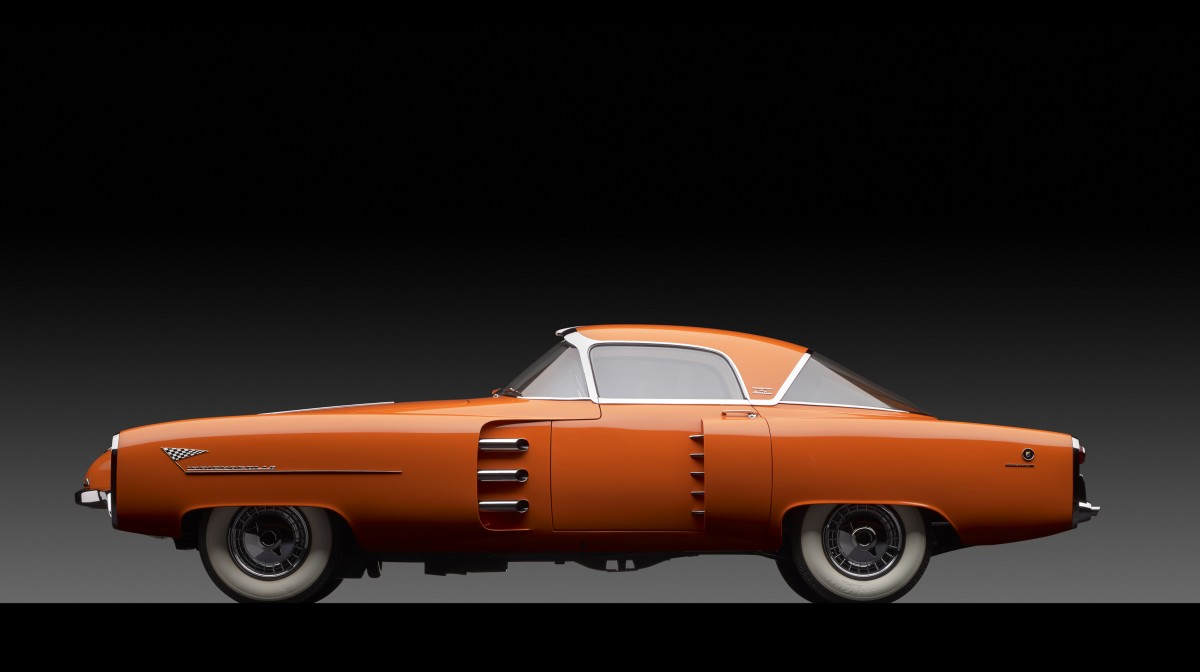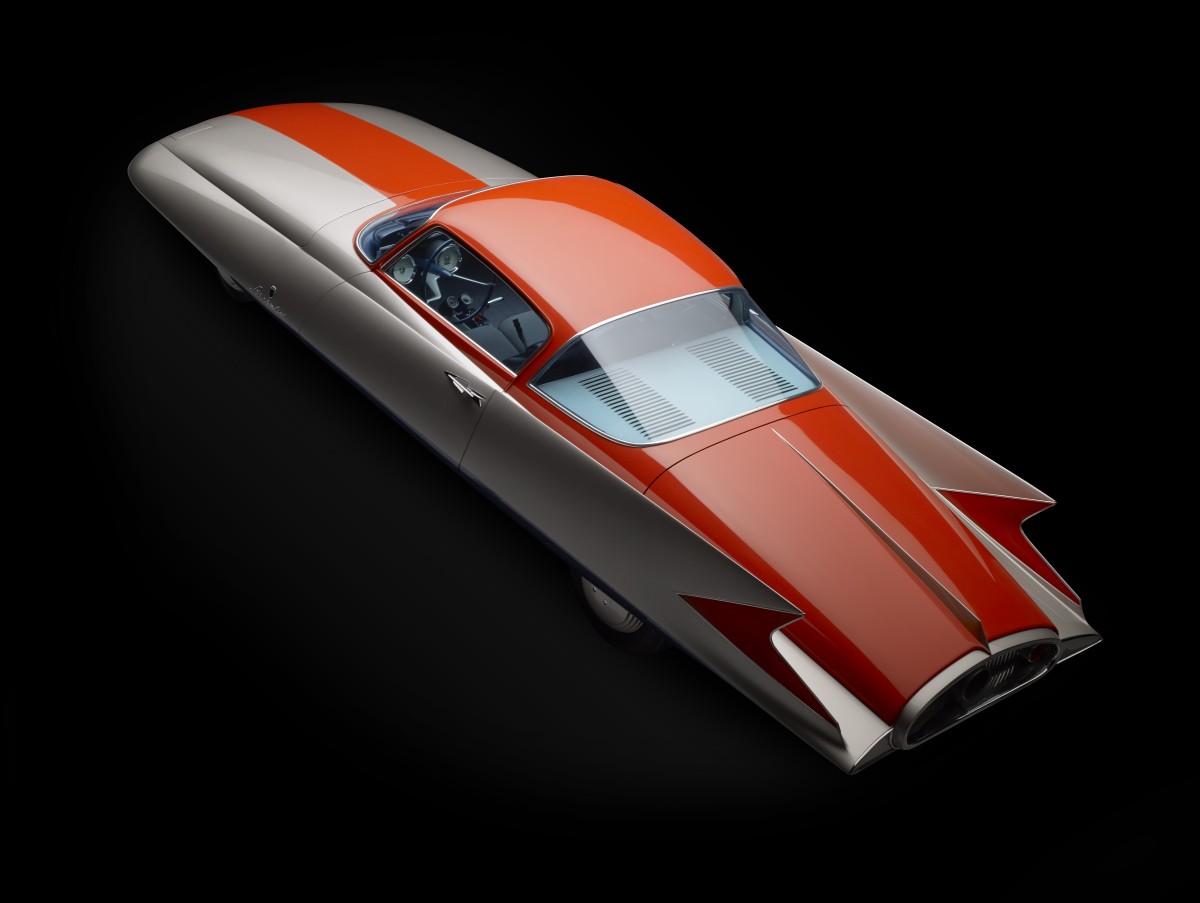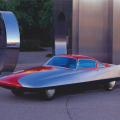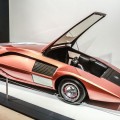Original Articel – Jonathon Keats – Forbes.com
The chassis came from Dearborn, the inspiration from Indianapolis. But when Gian Paolo Boano exhibited his new concept for the Lincoln Continental at the 1955 Turin Auto Show, it was obvious that the styling wasn’t American. Boano and his father were carrozzieri – Italian coachbuilders – with experience making car bodies for Alfa Romeo and Lancia. Creating a new look for Lincoln promised to open a far larger market.

1955 Lincoln Indianapolis. Collection of James E. Petersen, Jr. Image © 2016 Michael Furman.
Carrozzeria Boano’s prototype Lincoln Indianapolis is one of nineteen masterpieces of Italian automotive design on view at the Frist Center in Nashville, part of an exhibition that includes classics ranging from the 1950 Cisitalia 202 SC to the 1970 Lamborghini Miura S. The show testifies to the immense talent of the carrozzieri – descendents of the craftsmen who built horse-drawn carriages for the European aristocracy – and reveals how influential carrozzerie were in the development of an Italian automotive style. However the exhibition is equally interesting for the vehicles that carrozzieri tried to design for the stateside auto industry.
None are more eye-catching than the Gilda, commissioned by Chrysler in the ’50s. Styled by Carrozzeria Ghia, the Gilda was a rhapsody in streamlining, initially modeled at half scale with adjustable fins for wind-tunnel testing. Those experiments resulted in a spectacularly sleek body that generated headlines – and speculation that stodgy Chrysler was pioneering a radically new aesthetic. Instead, Chrysler used the wind tunnel data to buttress a “Forward Look” as squarely American as a tail-finned Cadillac.

1955 Chrysler Ghia Gilda. Collection of Kathleen Redmond and Scott Grundfor. Image © 2016 Michael Furman.
The Indianapolis didn’t fare any better. Purchased by Henry Ford II, and supposedly given to his friend Errol Flynn, Boano’s prototype had no discernable impact on Lincoln. When the carrozzeria was offered the chance to do more work in Dearborn, Boano opted instead to take a contract with Fiat.
It was probably a wise decision. Carrozzerie were influential in Italy (and remain active even today) because they fit into a history of vehicle design that treated the chassis and body separately, construing coachwork as an expression of individuality. Whether driven by engineering or marketing, American bodywork has always been a world apart culturally. The Gilda and Indianapolis are rare visitors from an alternate reality.



